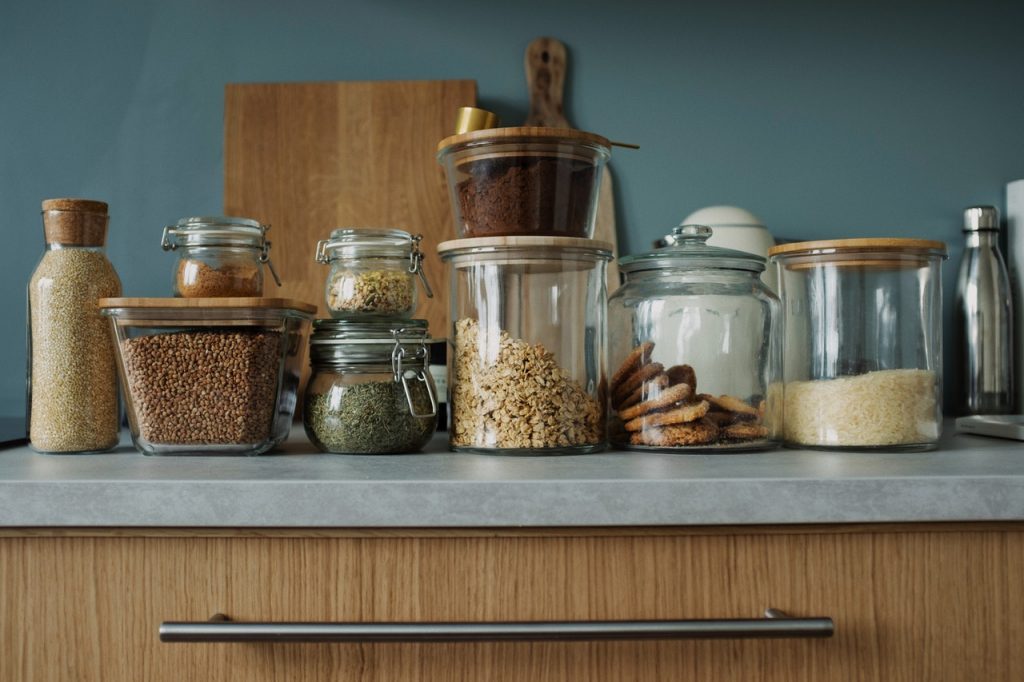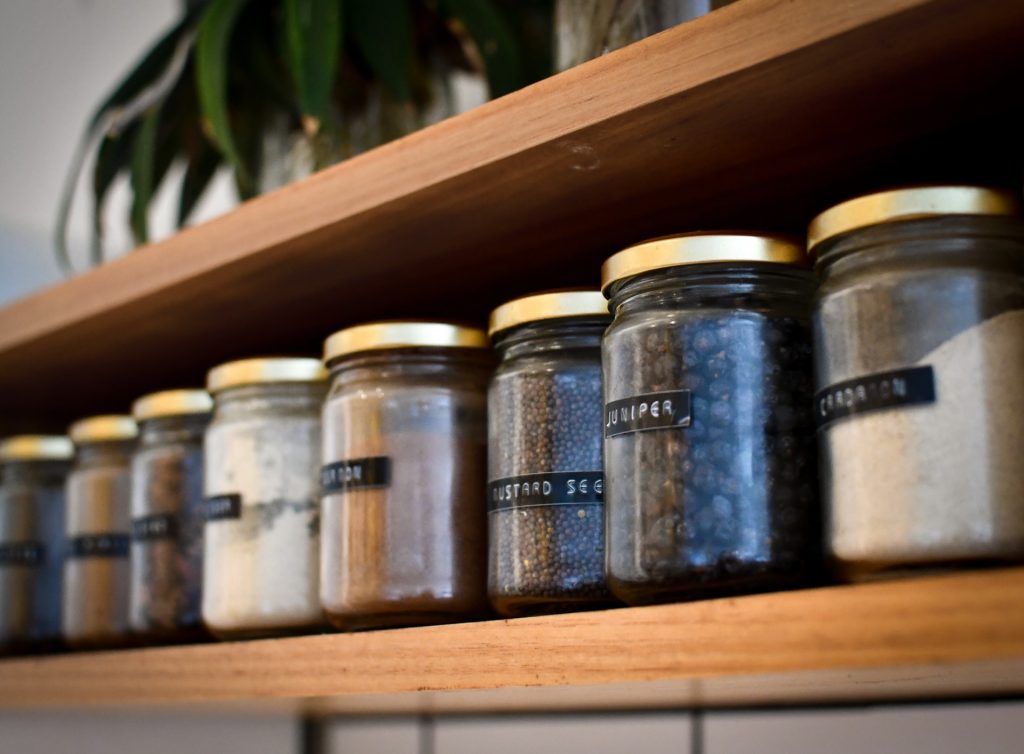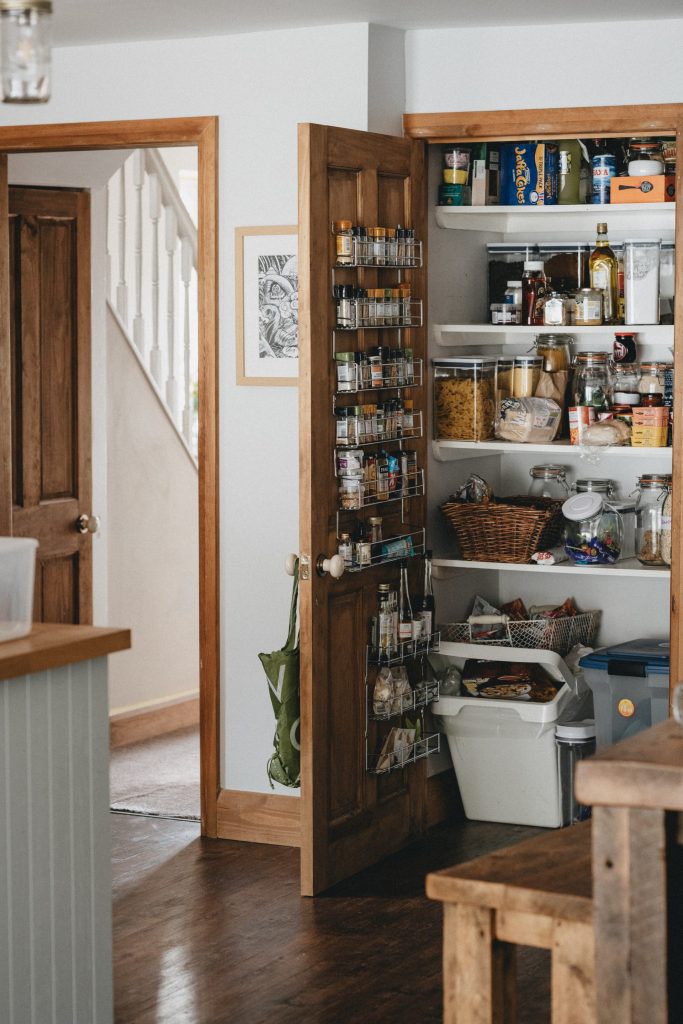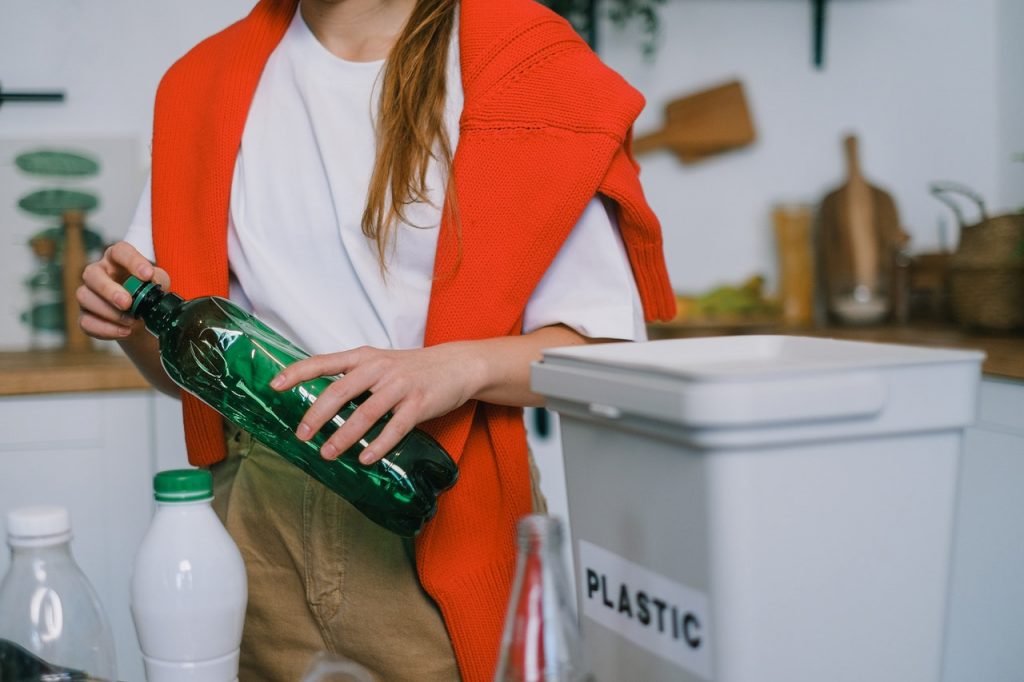It’s often said that the kitchen is the heart of the home, but when it’s cluttered, disorganised and dirty, that ticker is in some serious danger of cardiac arrest.
If you’re hoping to better organise your home kitchen, it’s from the professional cooking world that we could all learn a thing or two. There, the kitchen beats in a robust, reliable rhythm. Follow their lead, and you might even elevate your cooking to Michelin starred level in the process!
At the very least, you’ll dramatically reduce food waste and your weekly shop spend. With that in mind, here are 9 professional chef’s tips for a better organised kitchen at home.
Invest In Several Sizes Of Airtight Container
This first tip is also the most essentialand seemingly so simple when you spell it out. Yet, domestic kitchen fridges and cupboards are reliably, regrettably brimming with a ragtag bunch of mismatched containers and ill-fitting lids, none of which slot together tightly and few of which keep ingredients properly fresh as a result.
Do yourself – and your kitchen – a favour and invest in several sizes of plastic, airtight container with corresponding lids. One litre and two litre, as well as the traditional takeaway size, are industry standards.

Transfer All Ingredients Into Those Containers
Then, you can box up ingredients – raw, cooked, prepped, dry, spices, seasonings, grains, nuts, seeds…the lot – in such a way that everything slots into your fridge, freezer, cupboards and pantry tightly and with ease.
This helps you have a better organised kitchen at home for three key reasons. Firstly, you’re saving loads of space in your fridge, freezer and cupboard because boxes of the same size are designed to slot flat and flush on top of each other. Secondly, by having the correct airtight lids for each box, you’ll ensure your ingredients stay fresh for longer, saving you money and stopping you from wasting food.
Finally, such a system makes labelling your food items and ingredients easy, thus providing a visual inventory of everything you’ve got in the fridge and your kitchen cupboards whenever you care to look.
Read: 7 tips on freezing food properly
Label Meticulously
Speaking of labelling those containers, simply buy a roll of white tape, cutting a piece off neatly whenever you need to write a new label. On that label, you should detail the food item, the date you bought it and the ingredient’s expiry date. Then, when you peer into your fridge looking for dinner inspiration, you’ll know exactly what’s fresh, what’s abundant and what needs using up.
Ideally, you’ll stick a magnetic whiteboard on your fridge, enabling you to detail a weekly menu using up what’s inside. Making use of a weekly meal plan can keep you organised, and ensure your kitchen cupboards are always well stocked and that you’re minimising food waste, too.
A First In, Last Out (FIFO) system is a simple way to remember that food you bought first also needs to be consumed first. Your diligent labelling, listing and meal planning will help you stick to this principle.

Consolidate Regularly
Should levels of a particular ingredient be depleting in their box, transfer everything into a new sized tub that corresponds to the amount you have left. Then, you can instantly recognise what ingredients are running low and what you still have in abundance, as well as save as much storage space as possible. Speaking of which…
Turn Dead Space Into Storage Space
Professional kitchens are storage obsessed. Each night ends in a whirlwind of consolidating, reboxing and relabelling, throwing out what’s off and finding room for what’s good. This is all in the name of real estate.
If you’re a keen home cook, then you’ll also know that space is king; the more marmalades, chutneys, breads, cakes, sauces and stocks you endeavour to be homemade, the more space you’ll need to store them in.
Fortunately, the kitchen tends to have a lot of dead space ripe for exploiting. Install corner carousels and pull out racks, fix some hooks and hang utensils against the back wall, and invest in stackable pots and pans to maximise space.
Particularly neat are spice racks that you can mount on the inside of your kitchen cupboard doors, creating a whole new shelving set-up where there was only wasted space before.

Make Sure Your Most Used Items Are Easy To Reach
Though clutter is the enemy of good kitchen flow, there is sometimes a danger of things going the opposite way, and having a kitchen that is too tidy.
Yep, you heard us right. When everything is stored away in cupboards, it can be a pain to rummage through them, especially to find everyday items. Professional kitchens, on the other hand, rely on economy of movement – everything necessary should be easy to see and close to hand.
So, keep items that you use daily – such as salt, pepper, olive oil, a frying pan, a saucepan – out at all times, either on some open plan shelving (in the case of your seasonings) or hanging on a hook close to your stovetop (for pans). Easy!
Keep Yourself As Clean As Your Kitchen
Organisation isn’t just about your cupboards and countertops; it extends to you, the cook, too. After all, there’s little point in maintaining a sparkling clean kitchen if you’re traipsing flour, oil splatters and raw meat juices around the place on your clothes.
Professional chefs understand that personal cleanliness is fundamental to kitchen hygiene. That’s why they change into fresh whites at the start of every shift. At home, you can adopt a similar principle by investing in quality kitchen aprons fitted for female and male chefs; a properly fitting apron that sits comfortably on your frame is one you’ll actually bother to put on.
Keep your apron hanging on a hook near the kitchen entrance, making it the first thing you reach for before you start cooking. Wash it regularly (at least weekly if you’re cooking daily), and consider having a couple in rotation. It’s a small habit that keeps mess contained, protects your clothes, and stops you from unconsciously wiping your hands on your jeans mid-prep. Your washing machine will thank you, too.

Have A Waste & Recycling System
One important feature of an organised kitchen is a good recycling system. We don’t have to tell you twice that we are in the middle of a climate crisis. Indeed, we’re in the middle of a climate crisis, yet Good Housekeeping reports that “recycling figures from last year showed that only 45% of waste made it into our recycling bins”.
Recycling your household and kitchen waste (the stuff that you can’t find an edible use for) is one of the easiest things you can do to help the environment, preventing it from ending up in the ocean and landfill. A good recycling system is one that allows you to dispose of your waste and recycling with ease.
There are plenty of attractive, efficient kitchen recycling bins that won’t look rubbish (pun intended) in your kitchen. Some firm favourites include the Colter Double Recycling Pedal Bin from Made, and John Lewis’ 3 Section Recycling Pedal Bin.
Or, you can opt for a built-in, mounted, swing-out or pull-out bin, hidden away from sight in a kitchen drawer or kitchen cabinet.

Make Clever Use Of Leftovers & Waste
You should also endeavour to make use of any leftover ingredients and potential food waste, turning it into something delicious for your next meal. What could be better organised than that?
In the spirit of waste reduction, we won’t pontificate here any further. Instead, we’ll redirect you to these 10 IDEAL hacks to turn your food waste into something delicious. Go on, you know you want to. For the planet and all that…





